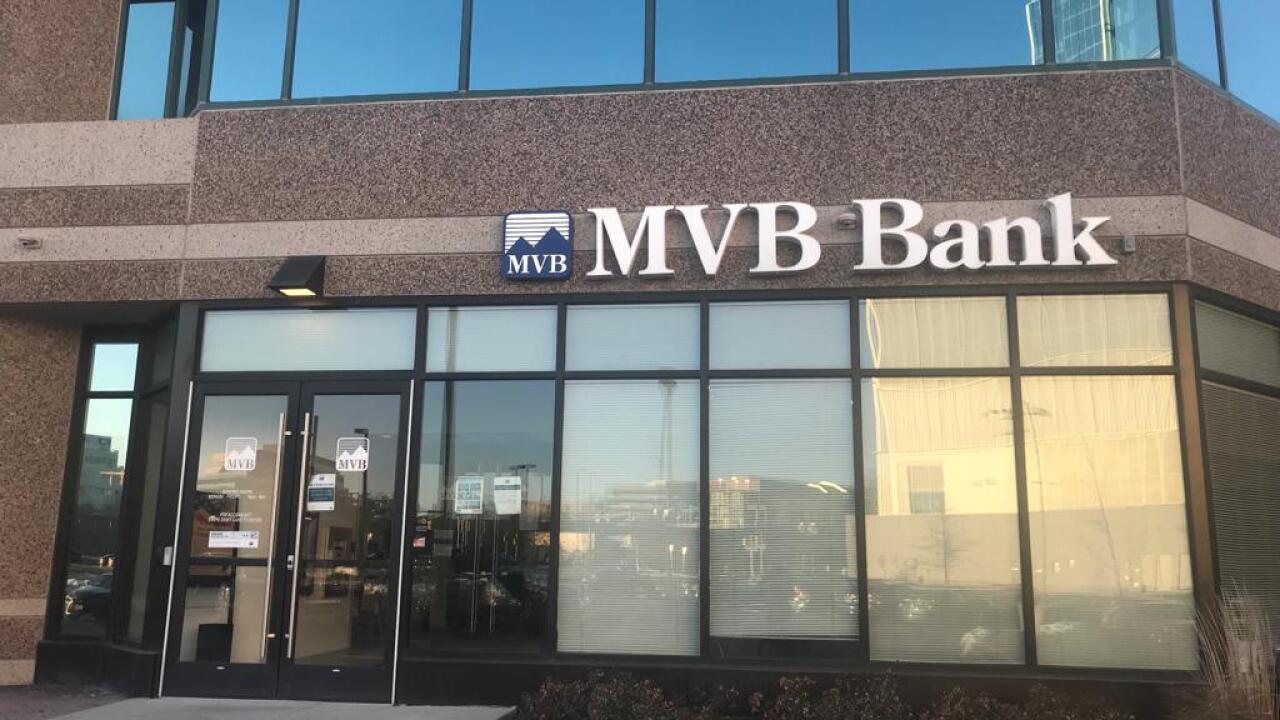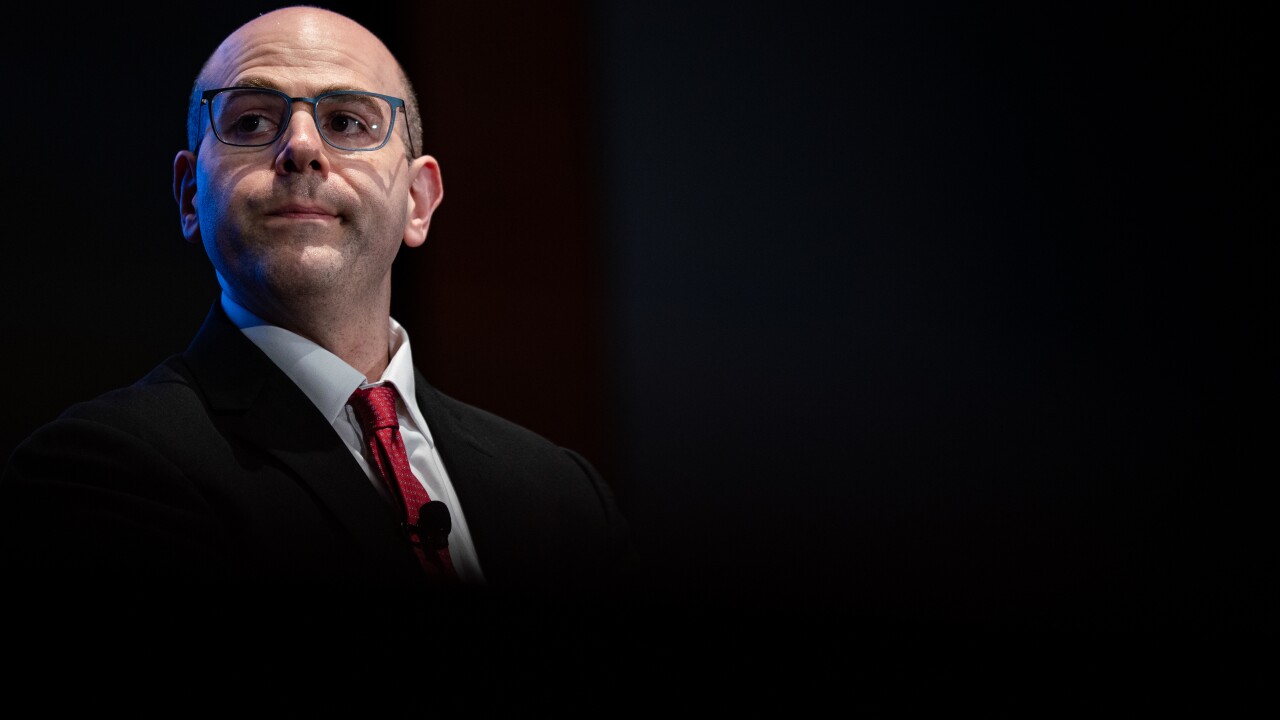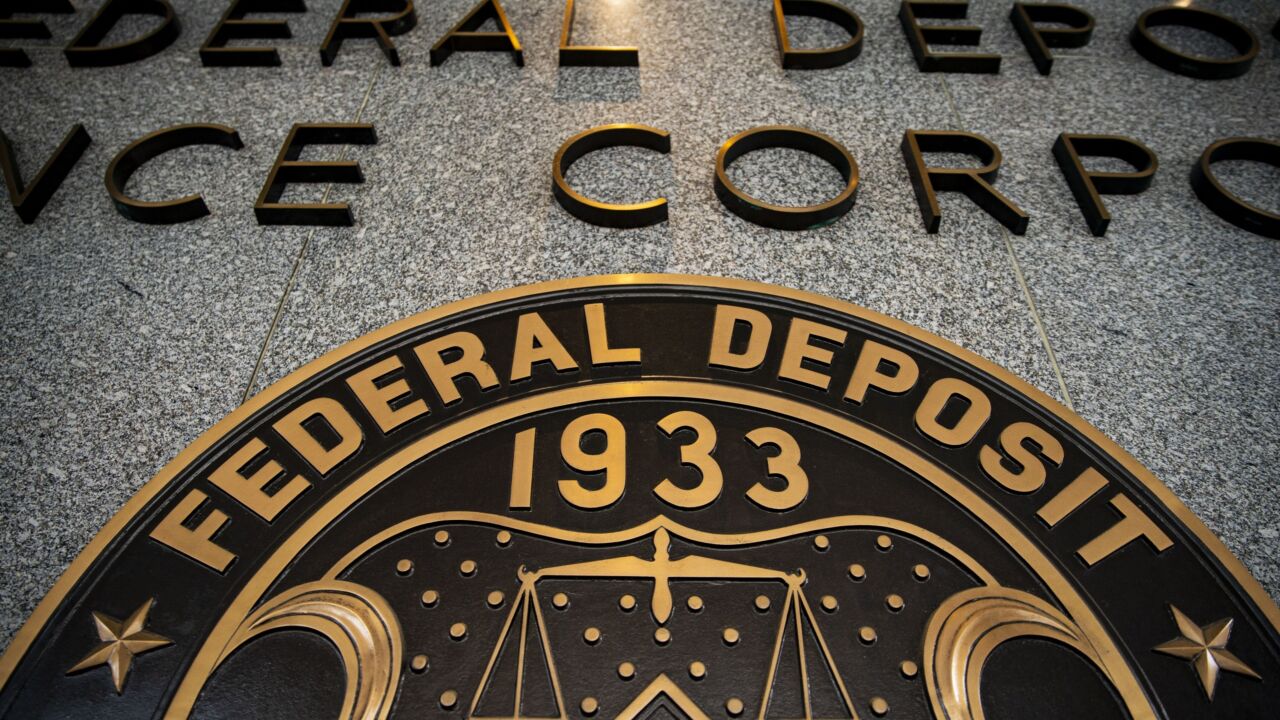Lacy Morris would seem to be in a tough spot as the main techie for a smaller coffee chain that's deploying mobile technology years after Starbucks dominated the market. But Starbucks has made missteps, he contends, leaving room for rivals to learn from those mistakes.
Morris, the vice president of IT for the Los Angeles-based Coffee Bean & Tea Leaf, sees plenty of room to shrink customer lines and offer perks via mobile. Starbucks has been doing this expertly since 2009, but its mobile adoption has

"[Starbucks] has had a high degree of influence on the expectations of our customers, they have created certain standards that are in the minds of our guests. But they have also had some challenges," said Morris.
Coffee Bean & Tea Leaf just debuted mobile ordering, which is available at 191 Southern California and Arizona company-owned locations. It plans to expand to franchisees and other markets in the next year, reaching its entire 1,200-store footprint by linking to the chain's mobile loyalty app with offers specific to mobile usage.
Where Morris sees opportunity is in the layer just below Starbucks' brand as a mobile innovator. While that reputation is well earned, Starbucks has not pitched a perfect game. In 2017, Starbucks suffered
That contributed to a slump in Starbucks'
"We think we can learn and respond to some of the mistakes they have made," Morris said.
Focusing on queues and service is also part of the response, Morris said. The point of sale is integrated with monitors in the store's kitchen, which is also integrated with the mobile ordering app. Coffee Bean & Tea Leaf has deployed a program that measures and manages queues, matching the "ready time" it sends to mobile order consumers with the volume of orders the store is receiving at a given time—so the consumer doesn’t show up too early at the store when they are already a lot of other consumers there to pick up orders. This manages spikes in volume that can cause bottlenecks, Morris said.
"We want to have a high degree of reliability that the consumer will get the right order at the right time," he said.
And as part of its mobile ordering rollout, it's offering distinct perks, such as points for using the app and the chain's "skip the line" service, to draw attention to the mobile ordering feature.
Starbucks did not return a request for comment by deadline.
"Most coffee chains and other QSRs want to create loyalty and increased sales and visits by the gamification of mobile apps," said Ray Pucci, an associate director of research and consulting services for Mercator Advisory Group. "Also, QSRs are really the sweet spot for mobile order, payment and loyalty apps."
The Coffee Bean & Tea Leaf's scale would pales in comparison with
Morris would not release detailed statistics for mobile payments, which it has supported for about a year and a half and integrates with The Coffee Bean & Tea Leaf's rewards app. He said the mobile ordering feature has doubled in usage each week in the three weeks that it has been active.
Of course, Starbucks is not The Coffee Bean & Tea Leaf's only competitor. Dunkin' Donuts introduced mobile payments in 2012, though it has generally
The Coffee Bean & Tea is incrementally deploying mobile technology. Payments and loyalty came a couple of years ago, followed by mobile order and pay this year. The new feature will be gradually rolled out over the coming year, and additional features will be tested and put into the mobile app slowly to avoid a rush of new technology for staff and consumers.
Beyond competing or responding to Starbucks, The Coffee Bean's moves are like necessary given the consumer demographics that frequent coffee chains.
"Step into any coffee shop or QSR and look around. I suspect that the majority of people will have their mobile in their hands, if not using them," said Gareth Lodge, a senior analyst at Celent. "It’s about being where your clients are, and for many, that’s on their mobile. It also has the benefit — when done right — of providing a better, more seamless customer experience."





